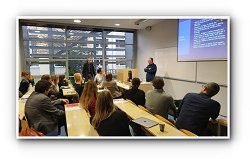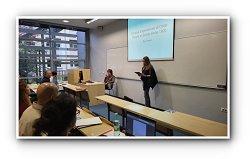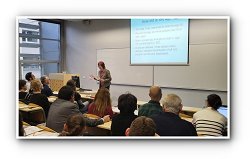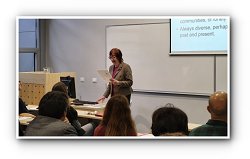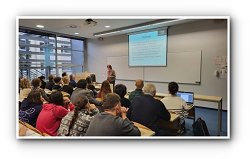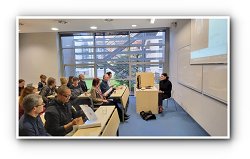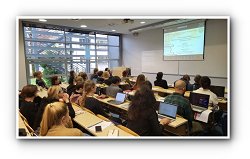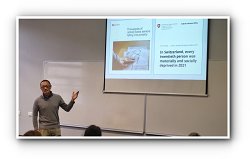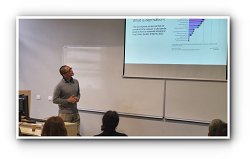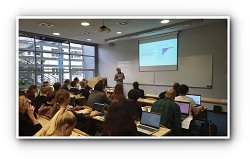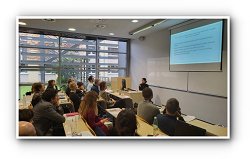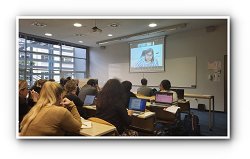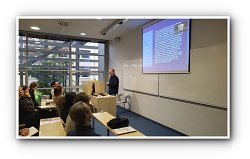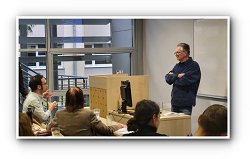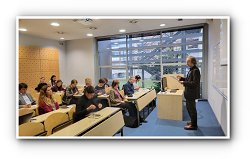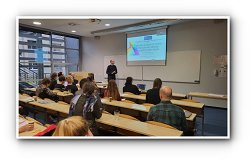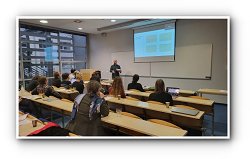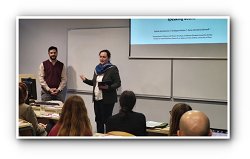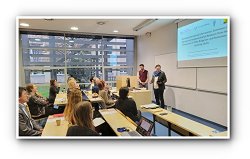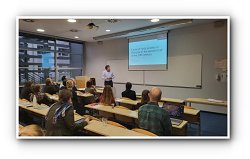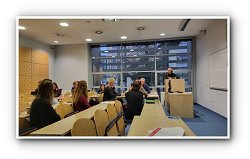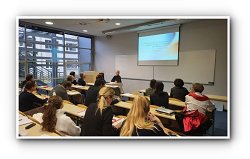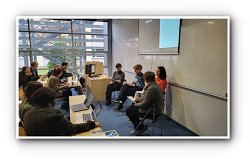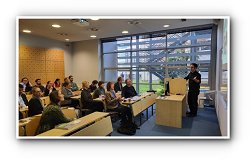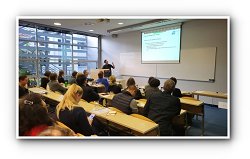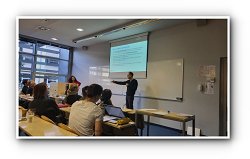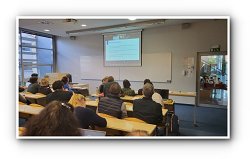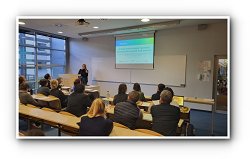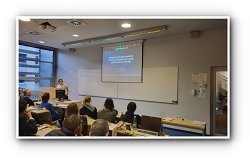28.11.2024
 |  |  |  |
Old-age poverty is defined as the accumulation of structural inequalities (in terms of educational attainment, household type, health, employment history, caring responsibilities, etc.) and intersecting statuses (gender, ethnicity, disability, etc.). The complexity of the sources of inequality that manifest themselves in poverty is the result of a historical development and cannot be explained in the context of the current situation alone. This is why a life course perspective is essential when studying poverty. The phenomenon of poverty in old age needs to be examined by considering the effects at the structural level, at the level of cultural patterns, and at the level of public policies in a longitudinal perspective.
The main aim of the symposium was to explore how the welfare state over time (since the end of World War II) defines, standardizes, and frames the lives of older people living in poverty and how it influences the choices older people make over their life-course.
Furthermore, by examining the processes and events in the lives of older people that have affected their social status in old age, this symposium seeks to identify the key factors that need to be taken into account when developing measures, regulations and policies to reduce poverty.
